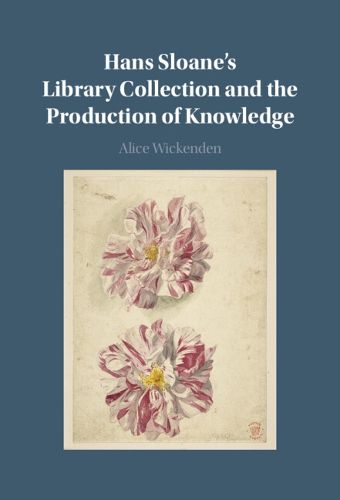Readings Newsletter
Become a Readings Member to make your shopping experience even easier.
Sign in or sign up for free!
You’re not far away from qualifying for FREE standard shipping within Australia
You’ve qualified for FREE standard shipping within Australia
The cart is loading…






On his death in 1753, Hans Sloane's collection of books and manuscripts was estimated at 50,000 volumes, and, combined with his collected objects, would become the founding core of the British Library and British Museum. Delving into the particular history of this remarkable collection, Alice Wickenden asks wide-reaching questions about archival practices and knowledge production, showing how books function both as and alongside objects. Hers is the first book to bring the theoretical questions and methodologies arising from material culture and book history alongside a full-length study of the founding book collection of the British Library. Each carefully-selected case study raises questions that, though seemingly playful, strike at the heart of past and present practices of collecting and knowledge production: how might books of dried plants be books? Is something a book if nobody can read it? Why collect duplicates? And how, after all, do we actually define a library?
$9.00 standard shipping within Australia
FREE standard shipping within Australia for orders over $100.00
Express & International shipping calculated at checkout
On his death in 1753, Hans Sloane's collection of books and manuscripts was estimated at 50,000 volumes, and, combined with his collected objects, would become the founding core of the British Library and British Museum. Delving into the particular history of this remarkable collection, Alice Wickenden asks wide-reaching questions about archival practices and knowledge production, showing how books function both as and alongside objects. Hers is the first book to bring the theoretical questions and methodologies arising from material culture and book history alongside a full-length study of the founding book collection of the British Library. Each carefully-selected case study raises questions that, though seemingly playful, strike at the heart of past and present practices of collecting and knowledge production: how might books of dried plants be books? Is something a book if nobody can read it? Why collect duplicates? And how, after all, do we actually define a library?